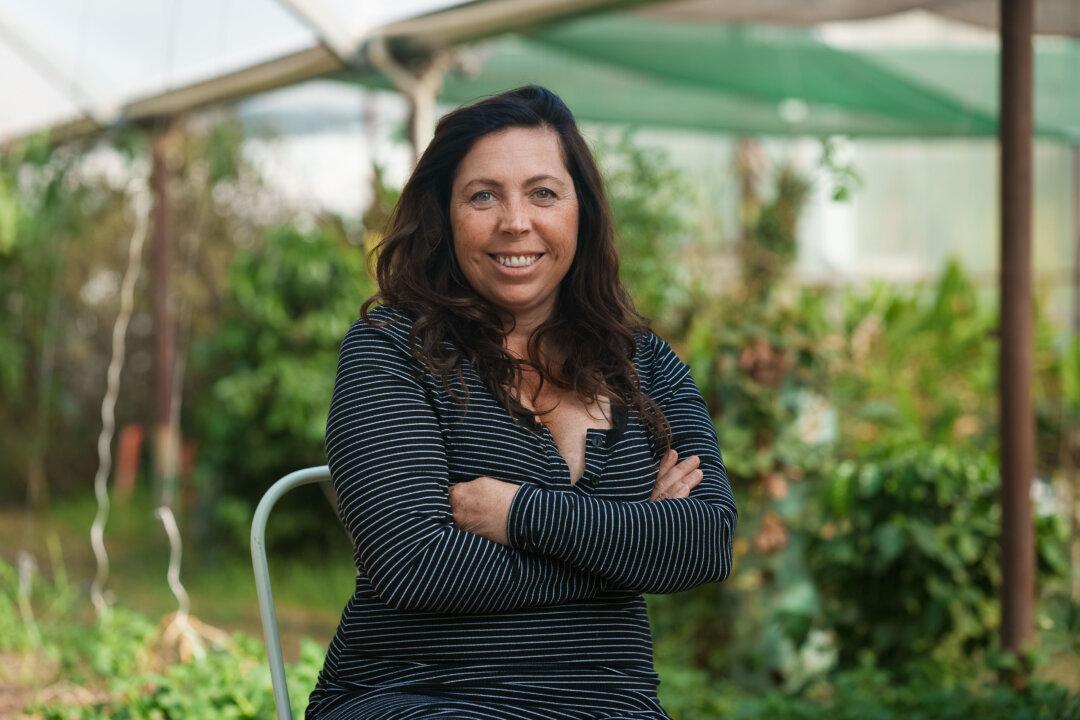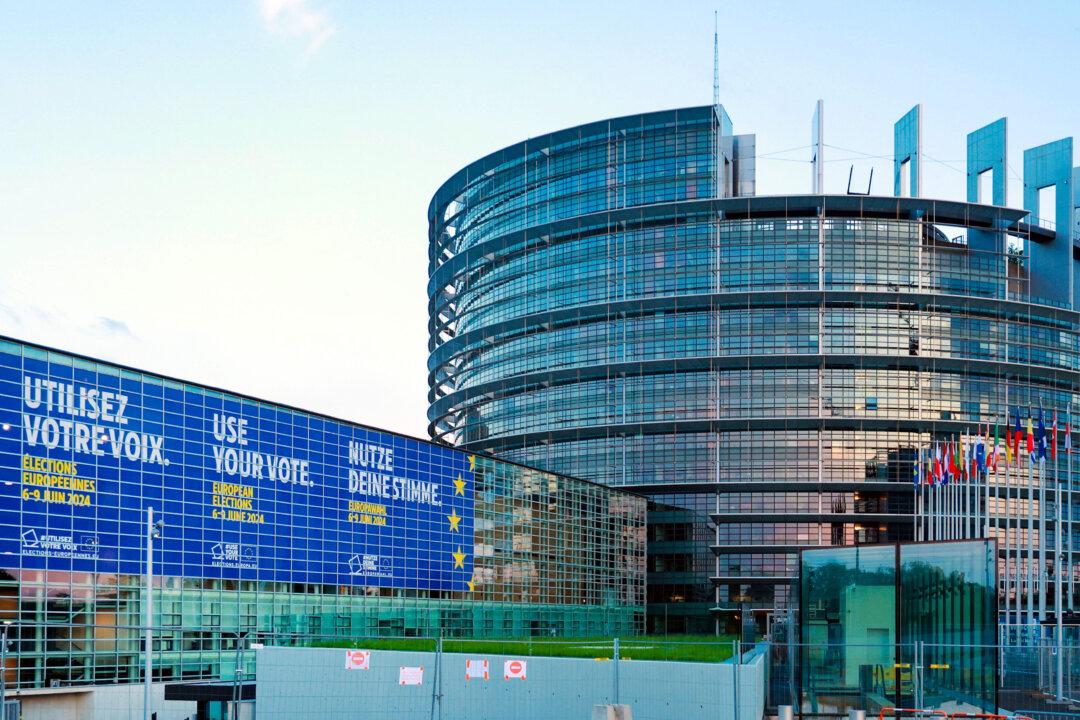The owner of a regenerative farm in California’s picturesque Santa Clara River Valley has sold the enterprise and moved to Texas. She says the state’s excessive business regulations strangled her business to the point where she could not afford to pay her employees.
Mollie Engelhart, a chef, entrepreneur, and regenerative farmer, built a farm-to-table business in California. Sow-A-Heart Farm, which Ms. Engelhart owned with her husband, Elias Sosa, grew food for their mini-chain of popular Los Angeles restaurants, Sage Plant Based Bistro, and for their community.






